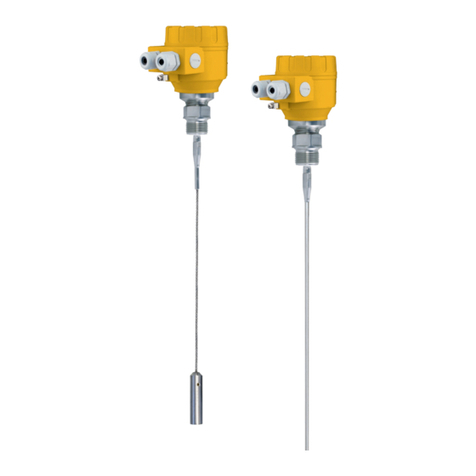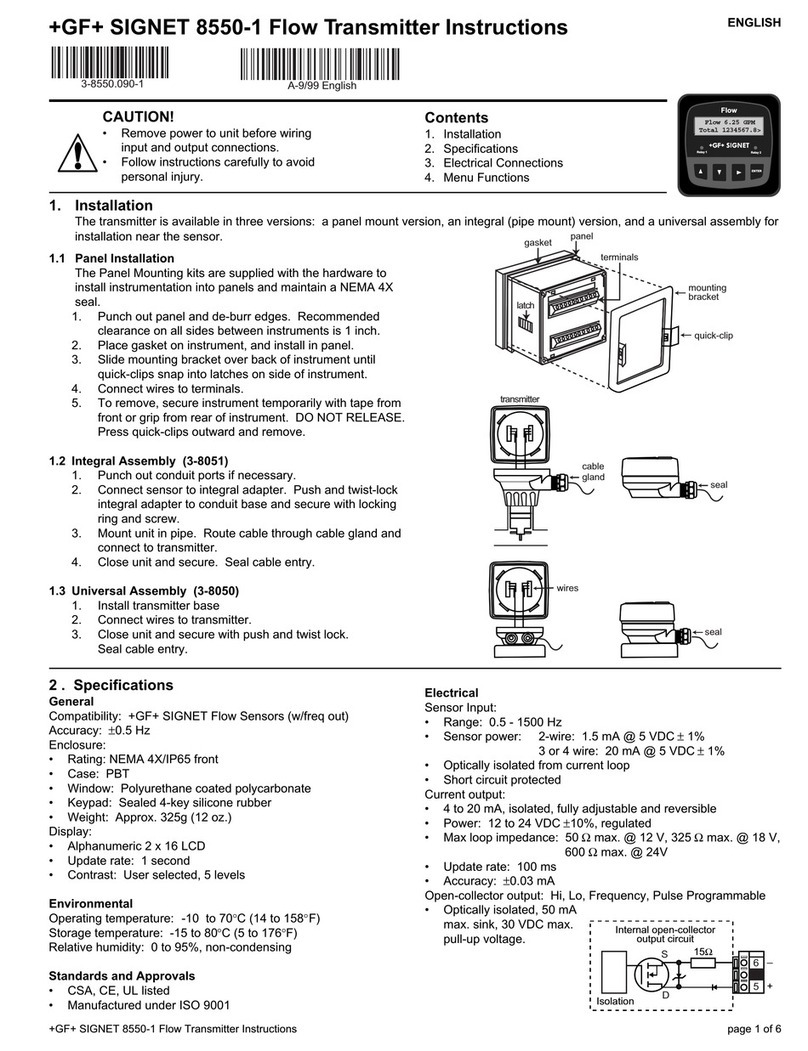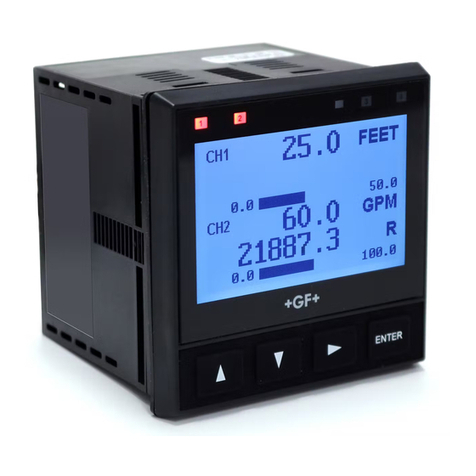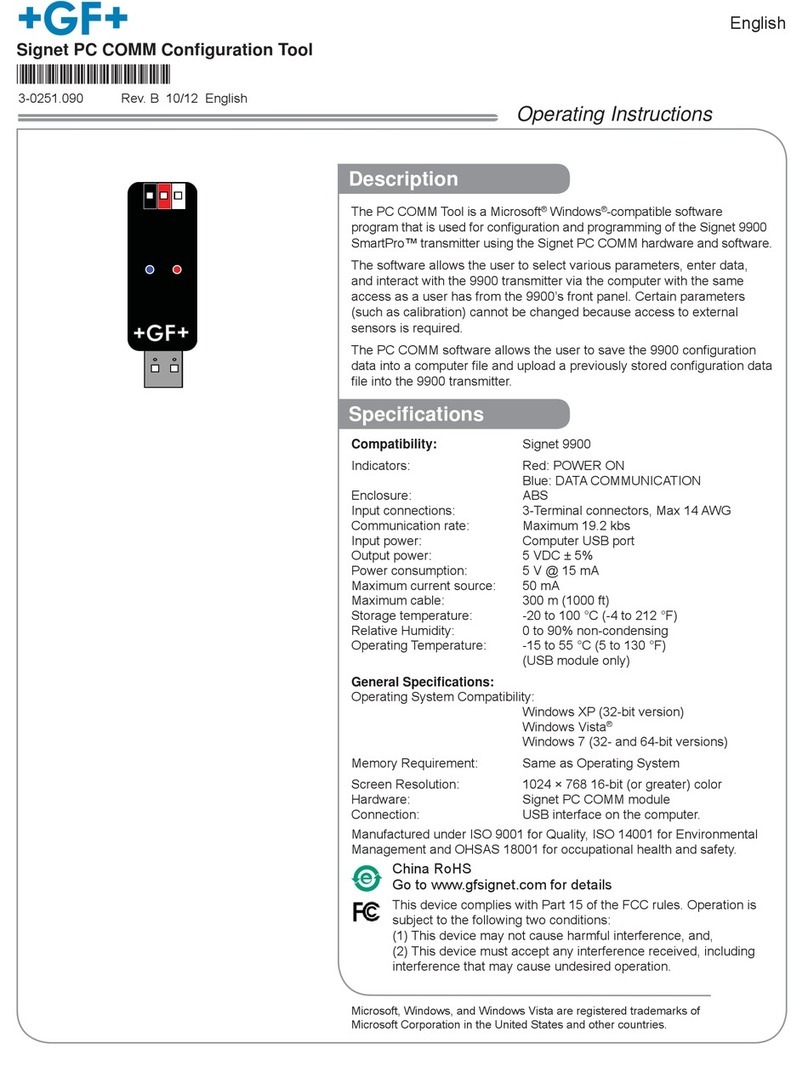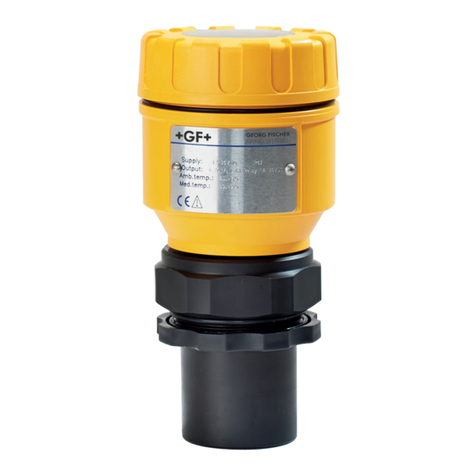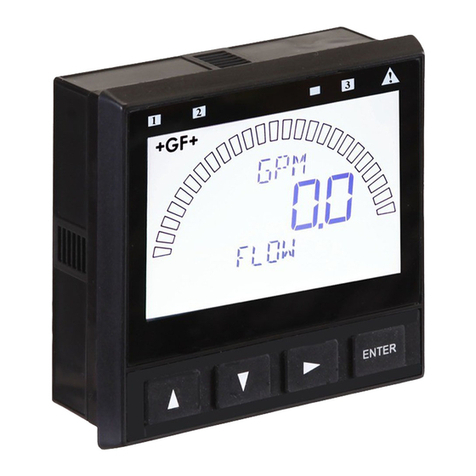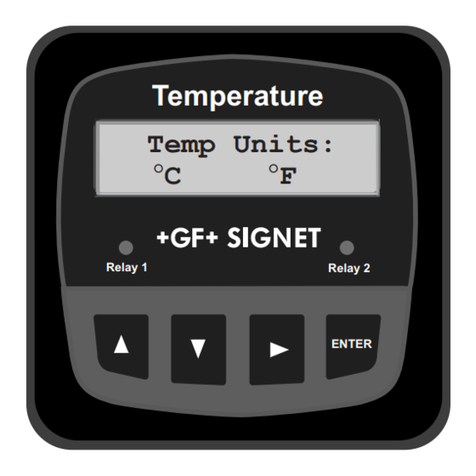
4
Contents
Original instruction manual ............................................................................................................ 3
Contents........................................................................................................................................... 4
1Intended use .......................................................................................................................... 6
2About this document ............................................................................................................. 6
2.1 Warnings ................................................................................................................................ 6
3Safety and responsibility ....................................................................................................... 6
4Transport and storage........................................................................................................... 7
5Design and function............................................................................................................... 7
5.1 Function ................................................................................................................................. 7
5.2 Principle of operation............................................................................................................ 7
6Technical data........................................................................................................................ 9
6.1 Dimensions ...........................................................................................................................10
6.2 Determining the maximum measuring range ....................................................................11
7Conditions of safe operation ................................................................................................12
8Installation ............................................................................................................................12
8.1 Mounting ...............................................................................................................................12
8.2 Wiring ....................................................................................................................................14
8.2.1 Wiring of the devices ............................................................................................................15
8.2.2 Determine the appropriate power supply voltage ..............................................................16
8.3 Loop current checking with hand instrument ....................................................................17
9Programming 2290 Level Transmitter ...............................................................................18
9.1 The display unit.....................................................................................................................18
9.1.1 Information Screens.............................................................................................................20
9.1.2 Echo Map...............................................................................................................................21
9.2 Programming with the display module...............................................................................21
9.2.1 Components of the programming interface .......................................................................21
9.2.2 Menu structure .....................................................................................................................23
9.3 Programmable features description...................................................................................23
9.3.1 Basic measurement setting.................................................................................................23
9.3.2 Output setup..........................................................................................................................25
9.3.3 Digital output ........................................................................................................................26
9.3.4 Optimization..........................................................................................................................26
9.3.5 Calculations ..........................................................................................................................29
9.3.6 Service ..................................................................................................................................32
10 Repair and Maintenance ......................................................................................................34







